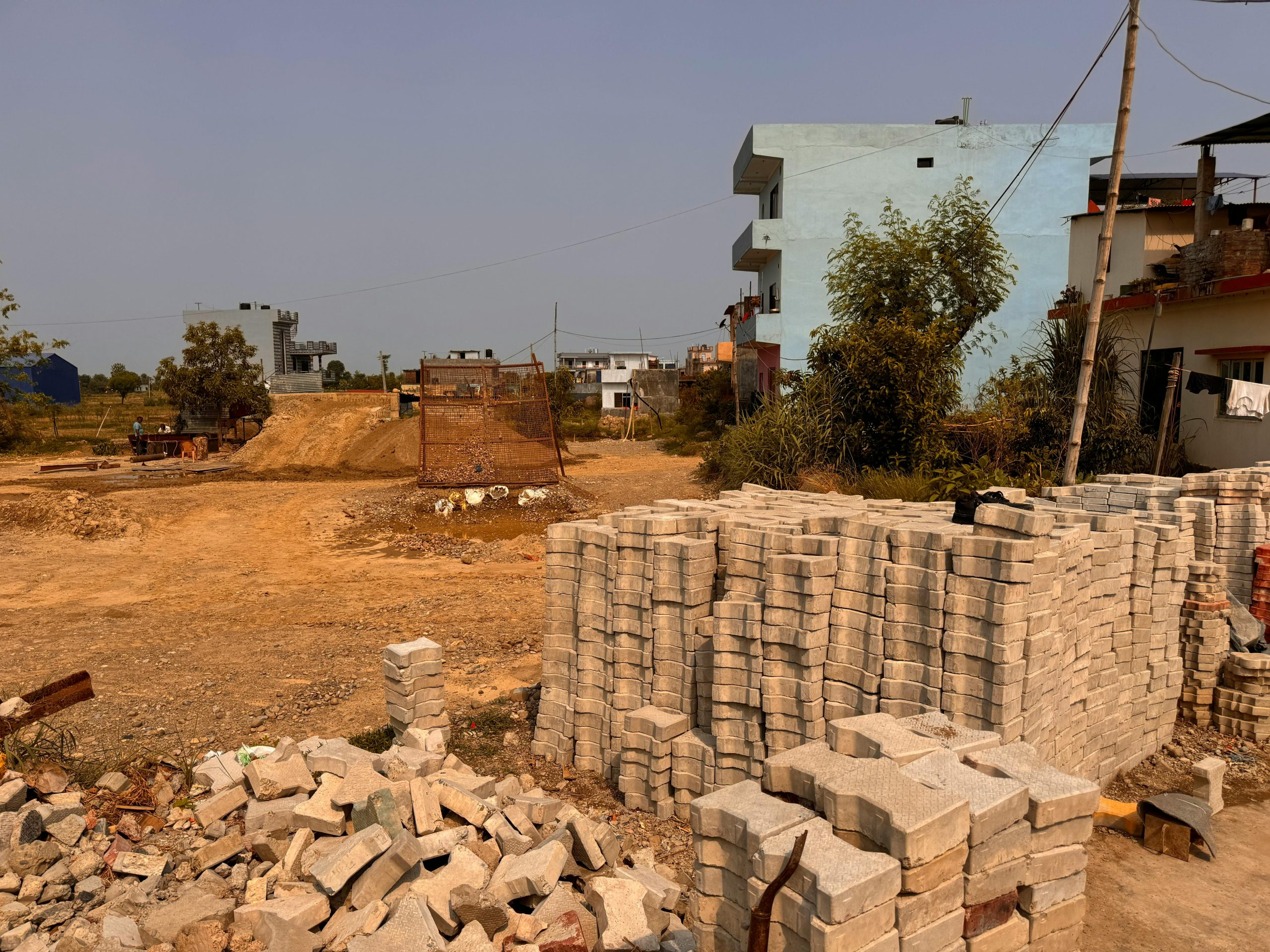The Impact of Remote Work on Suburban and Rural Housing Demand
With the coronavirus pandemic still impacting many aspects of our daily lives, one of the biggest changes has been the surge in remote work. While working from home has become the new normal for many professionals, it has also brought about significant changes in the demand for housing, particularly in suburban and rural areas. In this article, we will take a closer look at the impact of remote work on suburban and rural housing demand and how it is shaping the future of real estate.
The Rise of Remote Work and Its Effect on Housing Demand
The concept of remote work is not new, but the pandemic forced companies and employees to adapt to it on a much larger scale. As lockdowns and restrictions were put in place, people were forced to work from home, and as a result, many companies realized the benefits of this arrangement for both the employers and employees.
As people continue to work remotely, many have started to reconsider their living arrangements. The need to commute to the office every day is no longer a factor, and people have begun to look for homes in areas outside of the city. Suburban and rural areas have become more attractive, offering larger homes, open spaces, and a lower cost of living compared to the city.
The Suburban Shift
With the rise of remote work, suburban areas are experiencing a surge in housing demand. People are looking for homes that are close enough to the city for work purposes but also offer more space and privacy. As a result, real estate agents are reporting a significant increase in the number of inquiries and sales in suburban areas.
Many young families who previously lived in the city are now looking for suburban homes with more space for their children to play and learn from home. Additionally, homeowners who were considering downsizing are now opting for larger homes in the suburbs to accommodate their new remote work lifestyle.
The Appeal of Rural Living
While suburban areas are seeing a rise in housing demand, the demand for homes in rural areas has also increased. For those who prefer a quieter and more secluded lifestyle, the pandemic has provided the perfect opportunity to escape the city and move to the countryside.
Rural areas offer more affordable housing options and a slower pace of life, which is appealing to many remote workers. With advancements in technology, people can now work from almost anywhere, making rural living a viable option for those who would have previously been tied to a city for work.
The Future of Suburban and Rural Housing Demand
The impact of remote work on suburban and rural housing demand is not just a short-term trend. As companies continue to embrace remote work, it is expected that this shift in housing demand will continue even after the pandemic subsides.
Furthermore, many companies are now considering remote work as a permanent option, meaning that employees will have the flexibility to work remotely even after offices reopen. This will undoubtedly drive more people to seek homes in suburban and rural areas, creating a long-term impact on the housing market.
The Challenges and Opportunities for Real Estate
The increase in housing demand has presented both challenges and opportunities for the real estate industry. On one hand, real estate agents are seeing a surge in sales, but on the other hand, there is a limited inventory of homes available for buyers.
This presents an excellent opportunity for homeowners looking to sell their suburban or rural homes. With the rise in demand, sellers can expect higher prices and quick sales. On the other hand, buyers may face bidding wars and have to act fast to secure their dream home. Overall, the current market conditions make it a great time for both buyers and sellers.
In Conclusion
The impact of remote work on suburban and rural housing demand is undeniable. As remote work continues to be a viable option for many, more people will opt for homes in suburban and rural areas, presenting a new set of opportunities and challenges for the real estate industry. It will be interesting to see how this trend develops in the coming years and how it will shape the future of housing demand.










